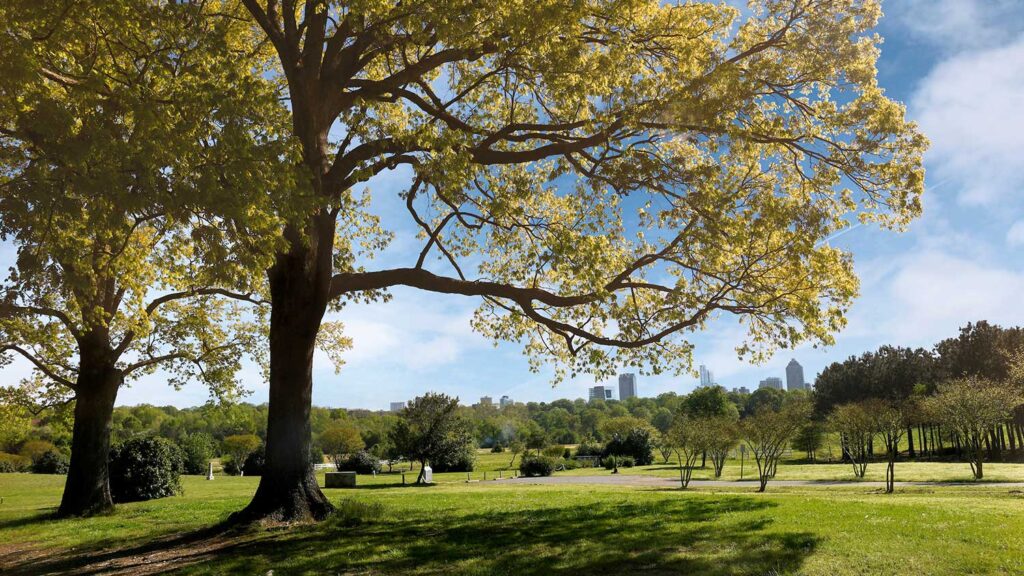Forest-Based Recreation and Tourism Amenities Role in Building Community Capacity and Resilience

About
This project seeks to provide evidence of the role of forests, parks, recreation and tourism in enhancing place-based connections and community pride, fostering networks and partnerships among tourism providers and resource managers, and advancing decision-making processes that promote fair and meaningful stakeholder engagement and adaptive learning and flexibility. The project has the following objectives to meet this goal:
- Identify the indicators of community capacity, vibrancy, and resilience in the context of parks, recreation, and tourism;
- Determine potential inhibitors of community vibrancy and resilience, such as climate change impacts on natural and cultural resources, policies that restrict community use and access, and proximal access to public parks, forests, and other green spaces;
- Assess the mechanism of partnerships in enhancing community capacity, vibrancy, and resilience; and
- Engage community members and various stakeholders in capacity building efforts.
PIs
Erin L. Seekamp (Director)
Michael B. Edwards
Jason N. Bocarro
Impact
This project will benefit parks and recreation facility visitors, community members, community development organizations, and recreation and tourism providers, particularly in natural resource dependent communities, nature-based tourism dependent communities, and other rural communities.
Expected outcomes from this project include:
- Increased public engagement in recreation and tourism planning decisions.
- Improved social networks and community ties from increased contact with community members during outdoor recreation engagement and planning meetings.
- Increased public attachment to the natural environment and a sense of place.
- Greater support for policies that promote environmental justice and protection of parks and other green spaces.
- Increased awareness among community leaders and entrepreneurs of the role of park and outdoor recreation services in promoting community vibrancy, resilience, and health and well-being.
- Recreation planning documents incorporate strategies to promote community resilience and vibrancy, including the forecasting of recreation and tourism visitor volume and trends.
- Increased awareness among researchers and providers of standardized methods and instruments to measure community vibrancy and resilience related to outdoor recreation, forests and other green environments.
- Increased understanding among researchers and providers of the ecological, economic and social contributions of recreation to community vibrancy and resilience, and health and well-being.
- Increased understanding among researchers and providers of the role of outdoor recreation in larger socio-ecological systems in terms its contribution to community vibrancy, resilience, and health and well-being.
A McIntire-Stennis supported project
About McIntire-Stennis
The McIntire-Stennis program, a unique federal-state partnership, cultivates and delivers forestry and natural resource innovations for a better future. By advancing research and education that increases the understanding of emerging challenges and fosters the development of relevant solutions, the McIntire-Stennis program has ensured healthy resilient forests and communities and an exceptional natural resources workforce since 1962.